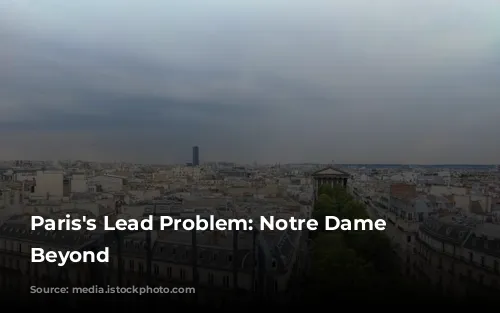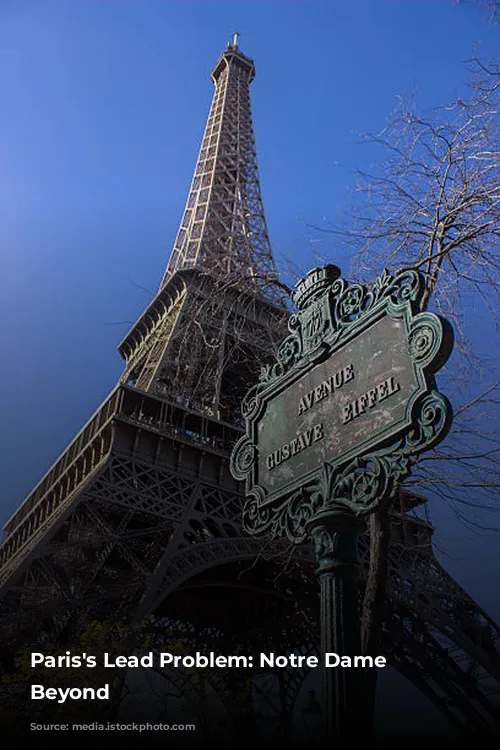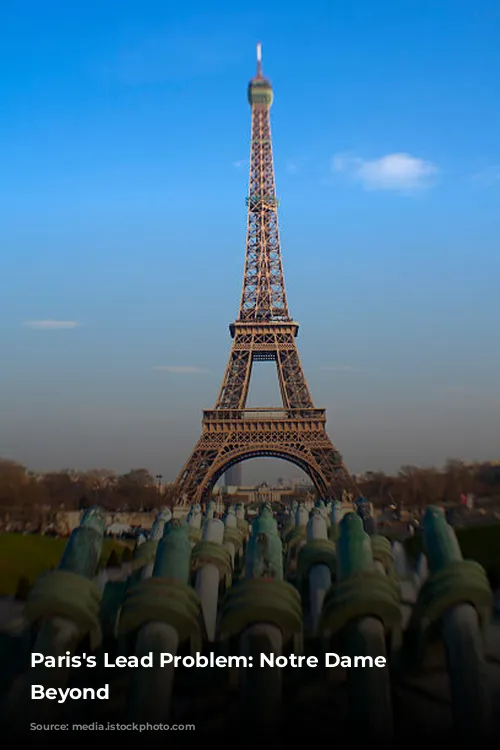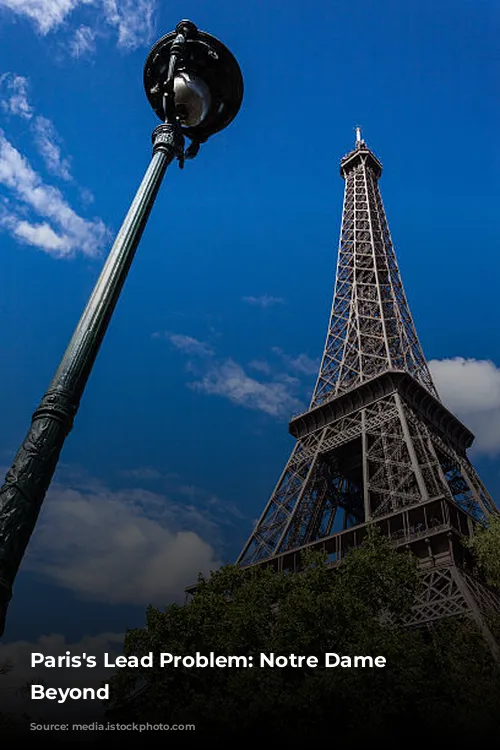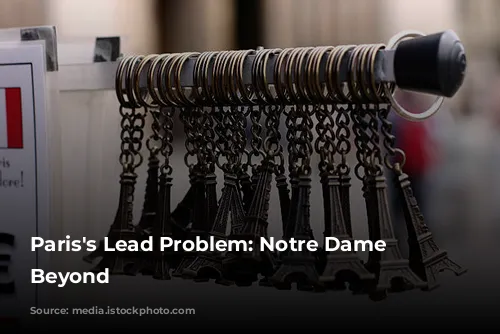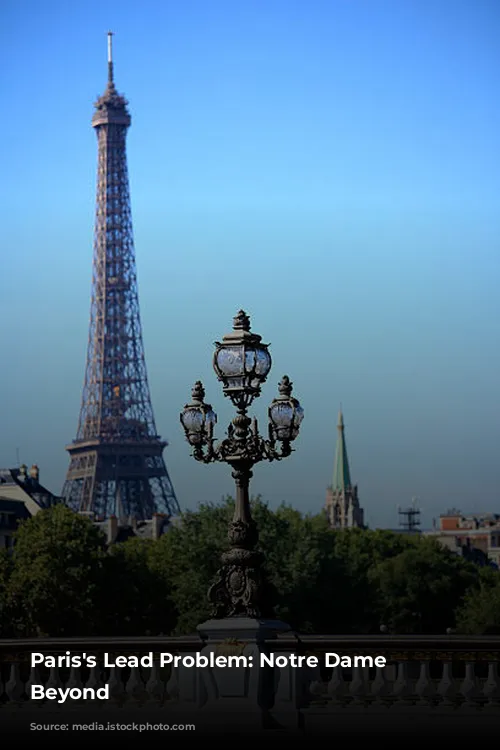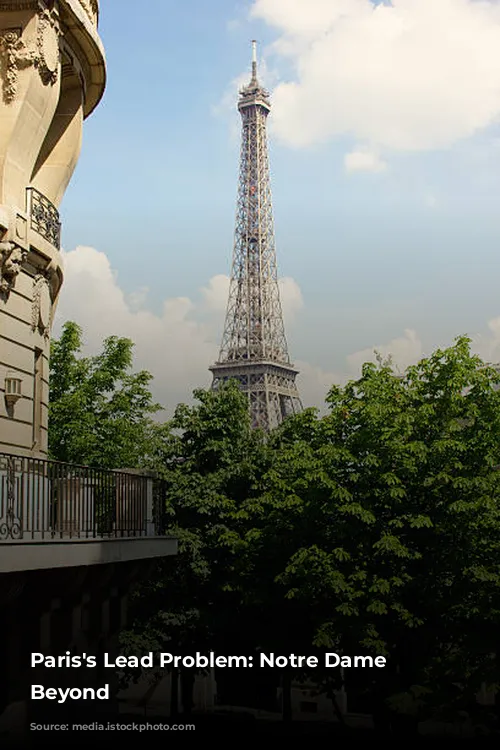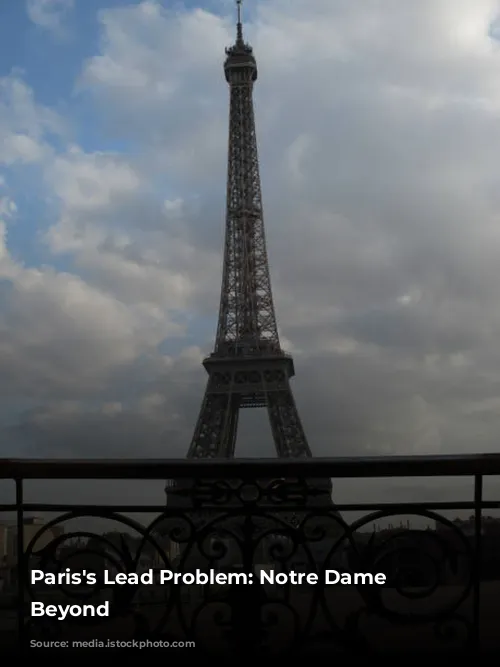The fire at Notre Dame Cathedral in Paris was a tragedy, but the aftermath has brought another concern to light: lead contamination. The iconic cathedral, a beloved landmark and the official geographical center of Paris, was heavily damaged in the blaze. While the fire itself captured global attention, the silent danger of lead released from the burning roof and spire has since sparked public anxiety.

A City of Lead
The New York Times conducted a detailed investigation into the lead contamination issue, revealing that public spaces around Notre Dame and nearby schools have been closed for decontamination. Tests on workers in nearby cafés and children who had already started classes before the alarm were raised have thankfully not shown widespread lead poisoning. However, the workers at the site, who were exposed to the lead without proper protection, are a source of concern.
The lead contamination isn’t limited to the air – it’s falling to the ground, posing a risk to anyone who might come into contact with it. This raises a significant question: how far did the lead contamination spread? The New York Times article includes a map of areas with elevated lead levels, but without pre-fire measurements, it’s difficult to definitively link these readings to the cathedral fire.
Paris, with its rich history and old buildings, has a long-standing relationship with lead. The city’s distinctive Haussmann-era buildings often feature wrought iron balconies painted with lead-based paint. Removing this lead is a complex and costly process, so many residents simply apply new coats of paint over the existing ones, hoping to “contain” the lead.
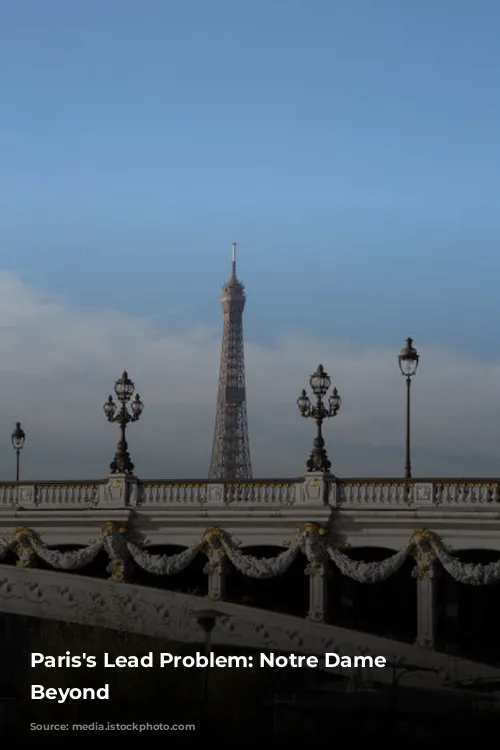
An Unexpected Source of Lead: Gare d’Austerlitz
Adding to the growing concern, another significant source of lead contamination has been revealed: the Gare d’Austerlitz train station. This historic station on the Left Bank has been undergoing extensive renovations, including the removal of lead and asbestos from the Grand Halle, a massive canopy covering the tracks.
The local newspaper Le Parisien recently uncovered alarming levels of lead contamination throughout the station’s public areas, which have remained open during the renovation works. Despite the presence of protective measures, the lead appears to have escaped, resulting in levels far exceeding regulatory thresholds. The French government has halted the renovation work and launched an investigation into the contractor responsible.

A Call for Vigilance
While experts reassure the public that lead contamination doesn’t necessarily lead to poisoning, they emphasize the importance of taking precautions, especially for young children. Avoiding contact with contaminated surfaces and washing hands thoroughly are crucial steps to mitigate the risk.
For those visiting Paris, the city’s charm and beauty remain undiminished, but it’s important to be aware of the lead contamination issue. Wash your hands regularly, especially after spending time in areas near Notre Dame or Gare d’Austerlitz. And don’t forget to support the businesses around Notre Dame that have been struggling since the fire.
In conclusion, while Paris faces a new challenge with lead contamination, it remains a vibrant and captivating city. By staying informed and taking necessary precautions, visitors and residents alike can enjoy the city’s wonders while safeguarding their health.


